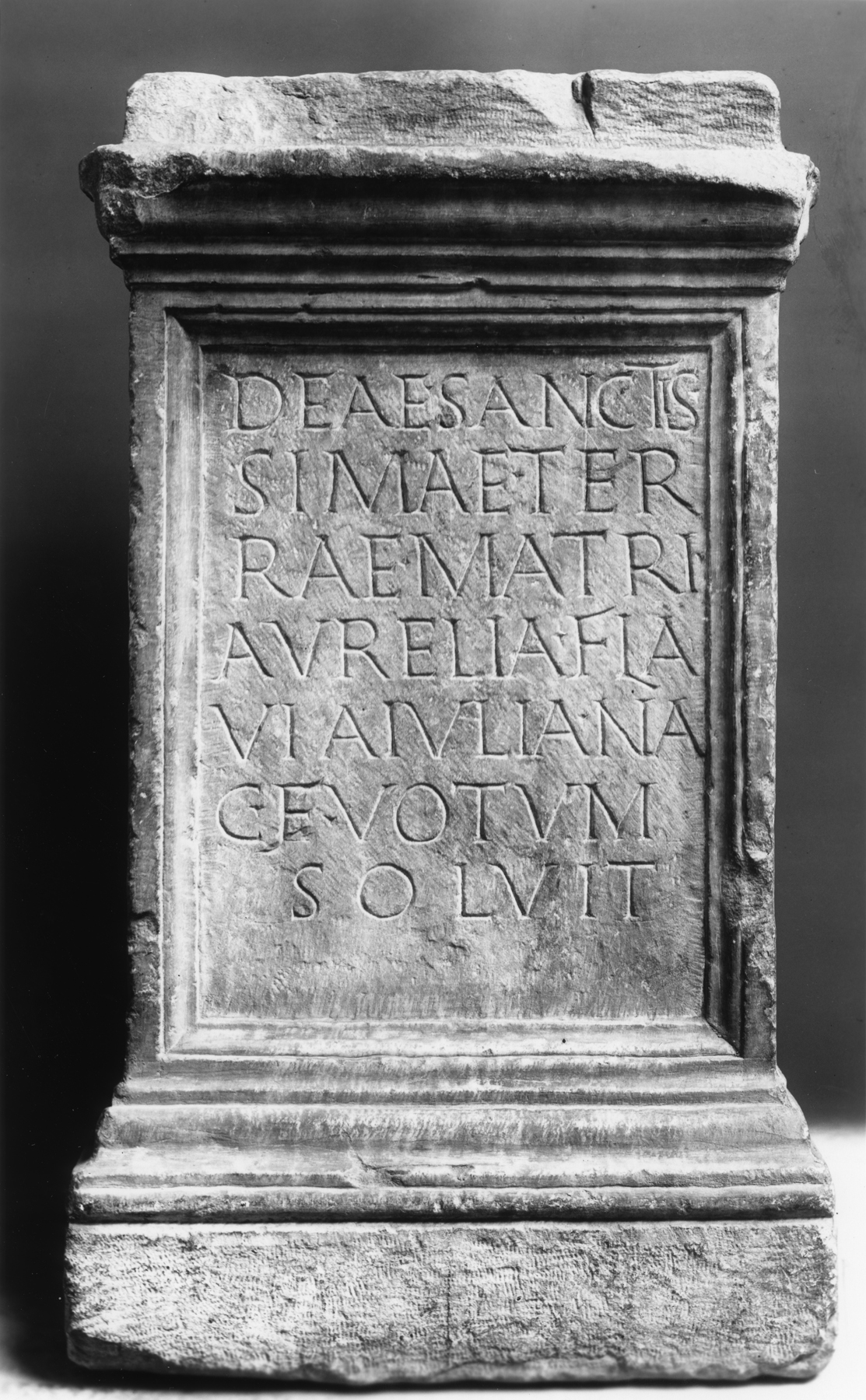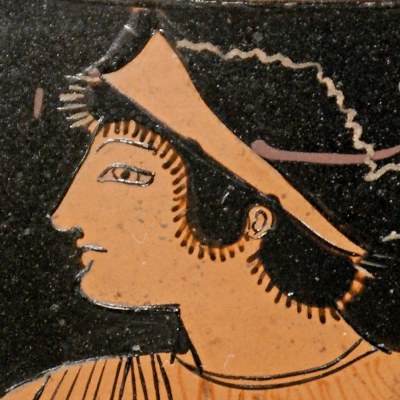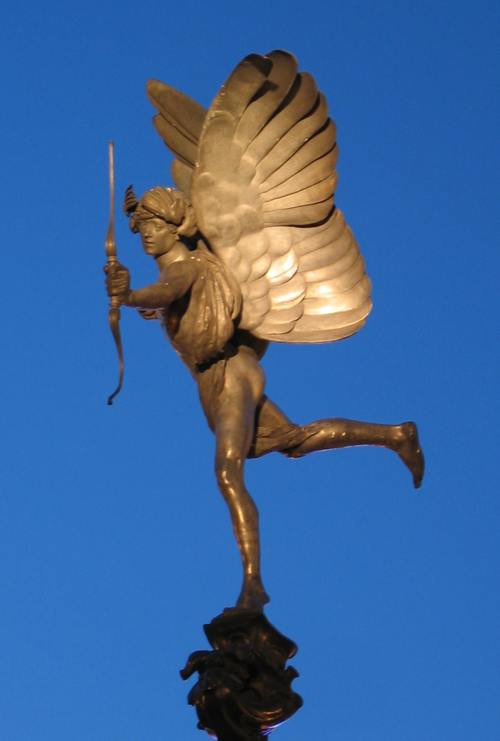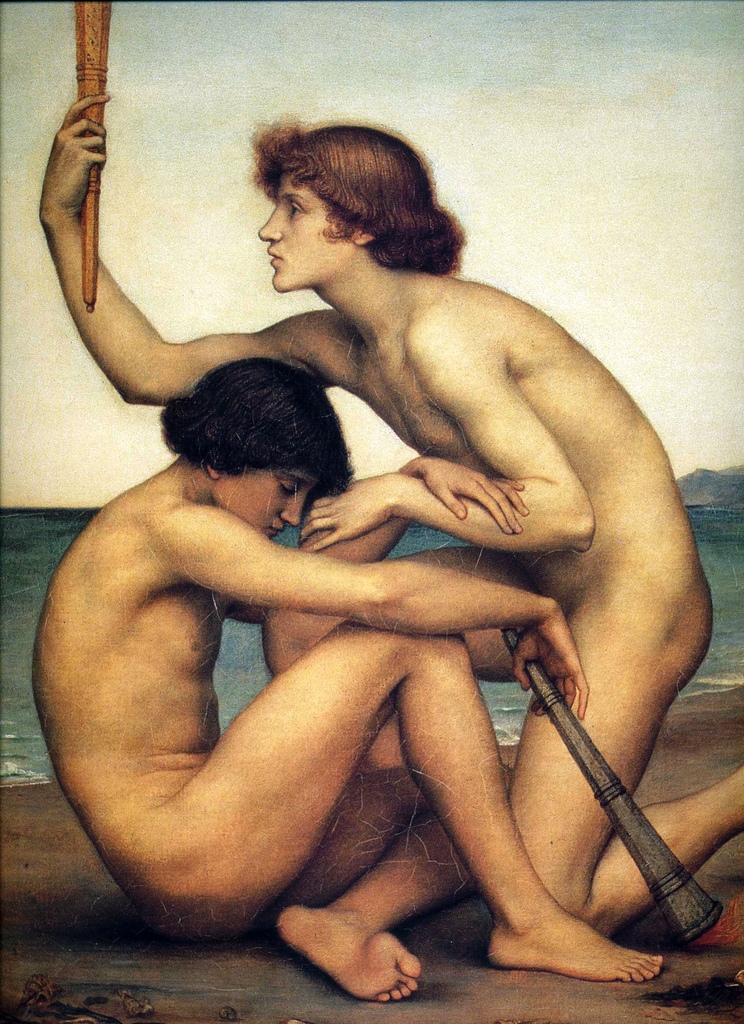|
Parabiago Plate
The Parabiago plate, also known as the Parabiago patera, is an ancient Roman circular silver plate depicting mythological figures. It was found in an ancient Roman cemetery at Parabiago, near Milan, in 1907. The plate depicts Cybele with her consort Attis in a "vast cosmic setting" amid "sun, moon, earth and sea, time and the seasons." At the time of its discovery, it was thought to have been used as a lid for a funerary amphora. The plate is difficult to date. Earlier scholars tended to date it to the 2nd century CE, because of its classicizing style, but stylistic characteristics also permit a later date. Technical analyses, however, support a provenance in the 4th–5th centuries, even though it bears little stylistic resemblance to other silver pieces from that period. Description The plate weighs 3555 g and measures 390 mm in diameter. It has a foot-ring of 26 mm in height. The surface is worked with figures in high relief. * Center left: C ... [...More Info...] [...Related Items...] OR: [Wikipedia] [Google] [Baidu] |
Sceptre
A sceptre is a staff or wand held in the hand by a ruling monarch as an item of royal or imperial insignia. Figuratively, it means royal or imperial authority or sovereignty. Antiquity Ancient Egypt and Mesopotamia The ''Was'' and other types of staves were signs of authority in Ancient Egypt. For this reason they are often described as "sceptres", even if they are full-length staffs. One of the earliest royal sceptres was discovered in the 2nd Dynasty tomb of Khasekhemwy in Abydos. Kings were also known to carry a staff, and Pharaoh Anedjib is shown on stone vessels carrying a so-called ''mks''-staff. The staff with the longest history seems to be the ''heqa''-sceptre (the "shepherd's crook"). The sceptre also assumed a central role in the Mesopotamian world, and was in most cases part of the royal insignia of sovereigns and gods. This is valid throughout the whole Mesopotamian history, as illustrated by both literary and administrative texts and iconography. The M ... [...More Info...] [...Related Items...] OR: [Wikipedia] [Google] [Baidu] |
Silver Objects
Silver is a chemical element with the symbol Ag (from the Latin ', derived from the Proto-Indo-European ''h₂erǵ'': "shiny" or "white") and atomic number 47. A soft, white, lustrous transition metal, it exhibits the highest electrical conductivity, thermal conductivity, and reflectivity of any metal. The metal is found in the Earth's crust in the pure, free elemental form ("native silver"), as an alloy with gold and other metals, and in minerals such as argentite and chlorargyrite. Most silver is produced as a byproduct of copper, gold, lead, and zinc refining. Silver has long been valued as a precious metal. Silver metal is used in many bullion coins, sometimes alongside gold: while it is more abundant than gold, it is much less abundant as a native metal. Its purity is typically measured on a per-mille basis; a 94%-pure alloy is described as "0.940 fine". As one of the seven metals of antiquity, silver has had an enduring role in most human cultures. Other than in curr ... [...More Info...] [...Related Items...] OR: [Wikipedia] [Google] [Baidu] |
Roman Mythology
Roman mythology is the body of myths of ancient Rome as represented in the literature and visual arts of the Romans. One of a wide variety of genres of Roman folklore, ''Roman mythology'' may also refer to the modern study of these representations, and to the subject matter as represented in the literature and art of other cultures in any period. Roman mythology draws from the mythology of the Italic peoples and ultimately from Proto-Indo-European mythology. Roman mythology also draws directly on Greek mythology, potentially as early as Rome's protohistory, but primarily during the Hellenistic period of Greek influence and through the Roman conquest of Greece, via the artistic imitation of Greek literary models by Roman authors. The Romans identified their own gods with those of the ancient Greeks—who were closely historically related in some cases, such as Zeus and Jupiter—and reinterpreted myths about Greek deities under the names of their Roman counterparts. Greek and ... [...More Info...] [...Related Items...] OR: [Wikipedia] [Google] [Baidu] |
Arthur Bernard Cook
Arthur Bernard Cook (22 October 1868 in Hampstead – 26 April 1952 in Cambridge) was a British archeologist and classical scholar, best known for his three-part work, ''Zeus: A Study in Ancient Religion''. Early life and education Arthur Bernard Cook was born in Hampstead, London on 22 October 1868. He was the son of William Henry Cook MD (1825-1882) and Harriet Bickersteth (1830-1918) His mother's family were leading ecclesiastical scholars of the time, including Edward Bickersteth (Dean of Lichfield) (1814-1892), Edward Bickersteth (bishop of Exeter) (1825-1906) and Edward Bickersteth (bishop of South Tokyo). (1850-1897) Cook was educated at St. Paul's School, where he won several academic prizes. He received an MA from the Trinity College, Cambridge. The Chancellor's Gold Medal is a distinguished annual award at Cambridge University for poetry, paralleling Oxford University's Newdigate prize. Cook's poem ''Windsor Castle'' won the Chancellor's Gold Medal for poetry at ... [...More Info...] [...Related Items...] OR: [Wikipedia] [Google] [Baidu] |
Terra (mythology)
In ancient Roman religion and mythology, Tellus Mater or Terra Mater ("Mother Earth") is the personification of the Earth. Although Tellus and Terra are hardly distinguishable during the Imperial era, ''Tellus'' was the name of the original earth goddess in the religious practices of the Republic or earlier. The scholar Varro (1st century BC) lists Tellus as one of the ''di selecti'', the twenty principal gods of Rome, and one of the twelve agricultural deities. She is regularly associated with Ceres in rituals pertaining to the earth and agricultural fertility. The attributes of Tellus were the cornucopia, bunches of flowers, or fruit. She was typically depicted reclining, or rising, waist high, from a hole in the ground. Her male complement was a sky god such as Caelus (Uranus) or a form of Jupiter. Her Greek counterpart is Gaia, and among the Etruscans her name was Cel. Michael Lipka has argued that the ''Terra Mater'' who appears during the reign of Augustus is a ... [...More Info...] [...Related Items...] OR: [Wikipedia] [Google] [Baidu] |
Thetis
Thetis (; grc-gre, Θέτις ), is a figure from Greek mythology with varying mythological roles. She mainly appears as a sea nymph, a goddess of water, or one of the 50 Nereids, daughters of the ancient sea god Nereus. When described as a Nereid in Classical myths, Thetis was the daughter of Nereus and Doris, and a granddaughter of Tethys with whom she sometimes shares characteristics. Often she seems to lead the Nereids as they attend to her tasks. Sometimes she also is identified with Metis. Some sources argue that she was one of the earliest of deities worshipped in Archaic Greece, the oral traditions and records of which are lost. Only one written record, a fragment, exists attesting to her worship and an early Alcman hymn exists that identifies Thetis as the creator of the universe. Worship of Thetis as the goddess is documented to have persisted in some regions by historical writers such as Pausanias. In the Trojan War cycle of myth, the wedding of Thetis and th ... [...More Info...] [...Related Items...] OR: [Wikipedia] [Google] [Baidu] |
Neptune (mythology)
Neptune ( la, Neptūnus ) is the god of freshwater and the sea in Roman religion. He is the counterpart of the Greek god Poseidon.''Larousse Desk Reference Encyclopedia'', The Book People, Haydock, 1995, p. 215. In the Greek tradition, he is a brother of Jupiter and Pluto; the brothers preside over the realms of heaven, the earthly world (including the underworld), and the seas. Salacia is his wife. Depictions of Neptune in Roman mosaics, especially those in North Africa, were influenced by Hellenistic conventions. He was likely associated with freshwater springs before the sea. Like Poseidon, he was also worshipped by the Romans as a god of horses, as ''Neptunus equestris'' (a patron of horse-racing). Worship The theology of Neptune is limited by his close identification with the Greek god Poseidon, one of many members of the Greek pantheon whose theology was later tied to a Roman deity. The ''lectisternium'' of 399 BC indicated that the Greek figures of Poseidon, Art ... [...More Info...] [...Related Items...] OR: [Wikipedia] [Google] [Baidu] |
Erotes (Mythology)
In Ancient Greek religion and mythology, the Erotes () are a collective of winged gods associated with love and sexual intercourse. They are part of Aphrodite's retinue. ''Erotes'' (Greek ) is the plural of ''Eros'' ("Love, Desire"), who as a singular deity has a more complex mythology. Other named Erotes are Anteros ("Love Returned"), Hedylogos ("Sweet-talk"), Hermaphroditus ("Hermaphrodite" or "Effeminate"), Himeros ("Impetuous Love" or "Pressing Desire"), Hymenaios ("Bridal-Hymn"), and Pothos ("Desire, Longing," especially for one who is absent). The Erotes became a motif of Hellenistic art, and may appear in Roman art in the alternate form of multiple Cupids or Cupids and Psyches. In the later tradition of Western art, Erotes become indistinguishable from figures also known as Cupids, amorini, or amoretti. General role and attributes The Erotes are a group of winged gods in Classical mythology. They are associated with love and sexual desire, and form part of Aphrodite ... [...More Info...] [...Related Items...] OR: [Wikipedia] [Google] [Baidu] |
Hesperus
In Greek mythology, Hesperus (; grc, Ἕσπερος, Hésperos) is the Evening Star, the planet Venus in the evening. He is one of the ''Astra Planeta''. A son of the dawn goddess Eos (Roman Aurora), he is the half-brother of her other son, Phosphorus (also called Eosphorus; the "Morning Star"). Hesperus' Roman equivalent is Vesper (cf. "evening", "supper", "evening star", "west"). By one account, Hesperus' father was Cephalus, a mortal, while Phosphorus was the star god Astraios. Other sources, however, state that Hesperus was the brother of Atlas, and thus the son of Iapetus. Variant names Hesperus is the personification of the "evening star", the planet Venus in the evening. His name is sometimes conflated with the names for his brother, the personification of the planet as the "morning star" Eosphorus (Greek , "bearer of dawn") or Phosphorus (Ancient Greek: , "bearer of light", often translated as "Lucifer" in Latin), since they are all personifications of the same plan ... [...More Info...] [...Related Items...] OR: [Wikipedia] [Google] [Baidu] |
Phosphorus (morning Star)
Phosphorus () is one of the ''Astra Planeta'', specifically the god of the planet Venus in its appearance as the Morning Star. Another Greek name for the Morning Star is "Eosphorus" ( grc, Ἑωσφόρος, Heōsphoros, link=no), which means "dawn-bringer". The term "eosphorus" is sometimes met in English. As an adjective, the word "phosphorus" is applied in the sense of "light-bringing" (for instance, the dawn, the god Dionysus, pine torches and the day) and "torch-bearing" as an epithet of several gods and goddesses, especially of Hecate but also of Artemis/ Diana and Hephaestus. Seasonally, Venus is the "light bringer" in the northern hemisphere, appearing most brightly in December (an optical illusion due to shorter days), signalling the "rebirth" of longer days as winter wanes. Venus The morning star is an appearance of the planet Venus, an inferior planet, meaning that its orbit lies between that of the Earth and the Sun. Depending on the orbital locations of both Venus ... [...More Info...] [...Related Items...] OR: [Wikipedia] [Google] [Baidu] |
Gnomon
A gnomon (; ) is the part of a sundial that casts a shadow. The term is used for a variety of purposes in mathematics and other fields. History A painted stick dating from 2300 BC that was excavated at the astronomical site of Taosi is the oldest gnomon known in China. The gnomon was widely used in ancient China from the second century BC onward in order to determine the changes in seasons, orientation, and geographical latitude. The ancient Chinese used shadow measurements for creating calendars that are mentioned in several ancient texts. According to the collection of Zhou Chinese poetic anthologies ''Classic of Poetry'', one of the distant ancestors of King Wen of the Zhou dynasty used to measure gnomon shadow lengths to determine the orientation around the 14th century BC. The ancient Greek philosopher Anaximander (610–546 BC) is credited with introducing this Babylonian instrument to the Ancient Greeks. The ancient Greek mathematician and astronomer Oenopides used the ... [...More Info...] [...Related Items...] OR: [Wikipedia] [Google] [Baidu] |









